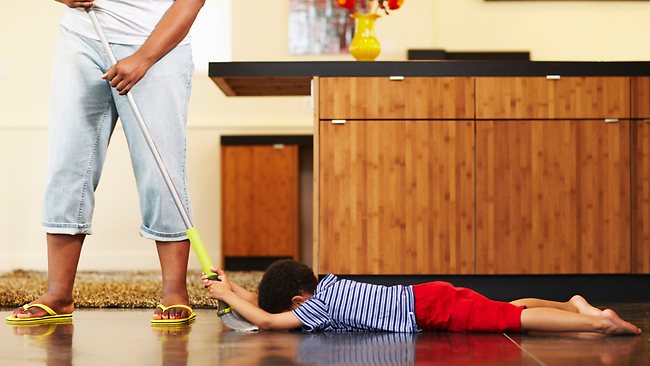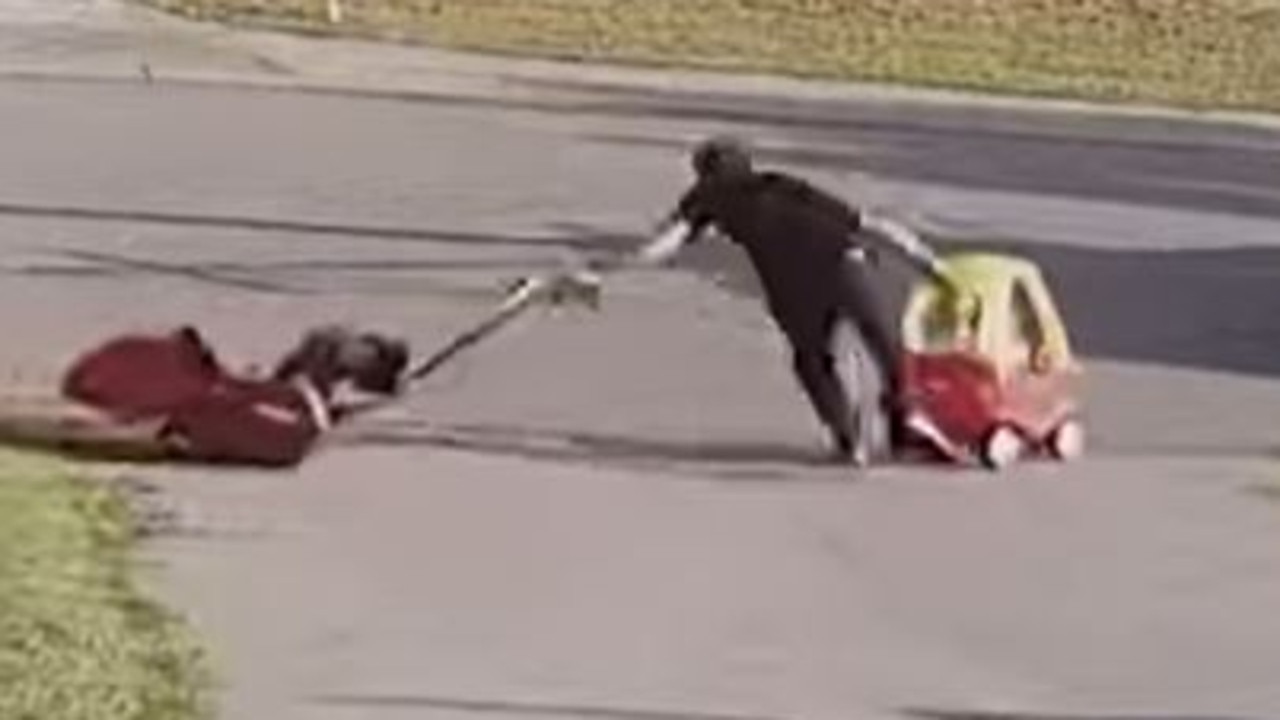The trouble with time-out: how to discipline kids
"Help! I keep putting my four year-old in time-out, but it doesn't seem to work. Nothing changes!"

Overheard at a mother's group earlier this week, "I keep putting my four year-old in time-out, but it doesn't seem to work. Nothing changes!"
One of the most popular discipline methods parents employ is time-out. This typically consists of responding to your child's challenging behaviour with the direction that she should sit somewhere boring and free of distractions for a set amount of time to ‘think’ about what was wrong with her behaviour.
The no-fighting guide to discipline
How to get kids to listen
After that period of time, your child is meant to be remorseful, having learnt her lesson. And while there are many fans of time-out, parenting researcher Justin Coulson suggests that despite the fact that time-out may get some short-term results, it doesn’t really teach children how to correct their own behaviour.
What is time-out?
“Time-out is really a politically-correct euphemism for something I'm more inclined to call ‘forcible isolation’.” Coulson says. “In real terms, time-out involves a person of higher power (the parent) using that power to hand down a sentence of solitary confinement to an essentially powerless child. Time-out is withdrawal of love and attention. Can you see your child sitting in the bedroom or on the "naughty mat" thinking "I see that I behaved foolishly and appreciate your wisdom in placing me here to reflect on my actions. I won't behave in such a disappointing fashion again."
“It's not likely. Instead she is more likely to sit and stew about her punishment - and if another sibling was involved she may also start plotting her revenge.”
Coulson adds that researchers have discovered the following things about children who experience forcible isolation through time-out:
- Children become distressed when their parents threaten to leave them, particularly when the threat is associated with a child's challenging behaviour.
- Children will become highly compliant with a parent's requests at the threat of love withdrawal.
- Time-out may be worse than other punishments despite there being no physical threat (or even any material threat) because children find it more devastating emotionally when a parent threatens abandonment or separation – while the parent knows it is temporary, very young child don’t.
- A child who is repeatedly given time-out is far more likely to experience anxiety about love from parents. Time-out leaves kids in greater emotional distress for longer periods than smacking!
- Kids who experience love withdrawal through the use of time-out and/or threats of abandonment (even for short periods) also typically have lower self-esteem, poorer emotional health, and are prone to increased challenging behaviour.
There are many parenting experts who claim that time-out is the most effective way to teach children but others disagree.
Coulson believes that time-out is a power-based discipline. “The power we have as parents is used to make our child suffer to change behaviour,” he says. “So time-out certainly teaches children that the big person is always right - and even if the big person isn't right, he or she can make the smaller person do unpleasant things.”
Alternatives to time-out
When your child is being challenging, it is important to have a strategy for dealing with difficult behaviour before you find yourself in the middle of a situation where emotions are running high. Coulson provides three simple suggestions which, he points out, are often the exact opposite to our typical reactions in challenging situations with our children.
“Research has shown, again and again, that love-based discipline using reason, empathy, induction, and education, has far more positive effects on changing behaviour in the long-term, though not always in the short-term. Rather than creating a vicious circle where our withdrawal creates emotional distress which then prolongs our withdrawal, which then escalates our child's emotional state there are other ways to teach better behavious.”
- Cuddling your child who is distressed will typically calm her quickly. Children cannot be "taught" (truly disciplined) when their emotional levels are high. But when calm, they soon become rational - and teachable.
- When your child refuses cuddles, offer options, but never make threats. As your child sees that you are trying to help rather than hurt, emotions can be regulated faster, and soothing occurs.
- If more than one child is involved in a challenging situation, it is often best to go straight to the victim and offer soothing and emotional first-aid. This will help the aggressor to see that challenging behaviour will not get her any attention. It also teaches empathy and kindness. Once the victim is treated, then attention can be turned to the offender. Calmly - because you’ve now had a few minutes to calm down! - your child can be taught what is appropriate behaviour.
The move from a power-based discipline to one of love is a challenge. But our efforts will be worth it - in the long run. The only thing that should be made to sit on the naughty mat is time-out.
When time-out works
Even critics of time-out think there are instances when this style of discipline is appropriate. Coulson argues that time-out has some merit when used in one of the two following ways:
“Firstly, as a parent, giving myself time-out when I become frustrated I am better able to control my own responses to my child's challenging behaviour. She also gets the message that I'm upset when I remove myself and that can lead to her remedying her own behaviour without my intervention.
“Secondly, when we can give our child the option to go someplace of her choosing so she can work through her emotions, we respect their autonomy. The time-out is chosen, rather than being banishment.”



